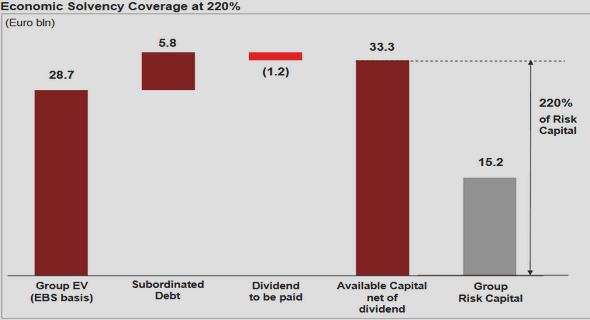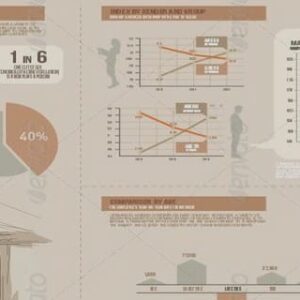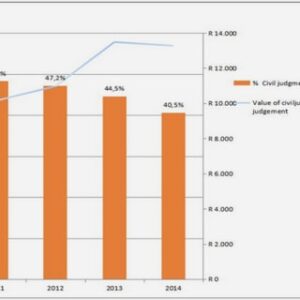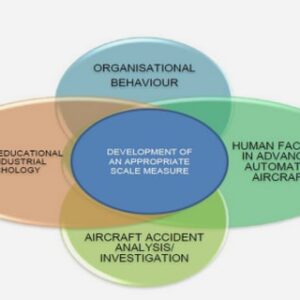(Downloads - 0)
For more info about our services contact : help@bestpfe.com
Table of contents
1. Introduction
1.1 Salinity and sodicity in the Indus Basin
1.2 Statement of the problem
1.3 Outline of the study
1.4 Limitations of the study
2. Research Locale
2.1 Description of the Chishtian Sub-Division
2.1.1 Physical environment
2.1.2 Irrigation system
2.1.3 Farming systems
2.2 Data collection and management
2.2.1 Data collection
2.2.2 Data management
2.2.3 Evaluation of the data collection and data management
3. Irrigation system management: from the main canal to the tertiary unit
3.1 The irrigation agency: objectives and decision-making processes
3.1.1 General principles of canal irrigation management
3.1.2 Irrigation management activities
3.1.3 Scope for interventions
3.1.4 Physical system constraints
3.2 Methodology
3.2.1 General framework
3.2.2 Developing a hydro-dynamic model (Step 1)
3.2.3 Developing a regulation module for operations at the main canal (Step 2)
3.2.4 Water distribution indicators
3.3 Improving operations at the main canal level
3.3.1 Analyzing the official and existing operational rules at the main canal level (Steps 3 and 4)
3.3.2 Simulating the existing operational rules (Step 5)
3.3.3 Simulating the impact of the official operational rules on the water distribution (Steps 6, 7, 8)
3.3.4 Identifying the scope for an equitable water distribution by changing the operational rules (Steps 6, 7, 8)
3.3.5 Identifying the scope for redirecting canal water supplies to areas with salinity or sodicity problems (Steps 6, 7, 8)
3.4 Improving water distribution at the secondary canal level
3.4.1 Analyzing the official and existing water delivery patterns: principles of water distribution (Step 3)
3.4.2 Management interventions in the outlet characteristics: analyzing the local impact on the offtaking discharge (Step 4a)
3.4.3 Management interventions in channel and structures: analyzing the global impact on water distribution in secondary canals (Step 4b)
3.4.4 Assessing the effect of management interventions on the water distribution at the secondary canal level
3.5 Analyzing the impact of interventions at the main and secondary canal level on water deliveries to tertiary units
3.5.1 Water deliveries to tertiary units as a function of the inflow of secondary canals
3.5.2 Combining and comparing the effect of main and secondary canal interventions on water deliveries to tertiary units
3.6 Conclusions
4. Farmers’ salinity and sodicity control: from the field to the tertiary unit
4.1 Salinity and sodicity processes: a brief description
4.1.1 Pathways leading to soil salinity and sodicity
4.1.2 Effects on soils and crops
4.2 Objectives and constraints of farmers dealing with salinity and sodicity
4.2.1 Farmers’ classification of salinity and sodicity
4.2.2 Farmers’ strategies and measures to cope with salinity and sodicity
4.2.3 Scope for irrigation management interventions to help farmers in dealing with salinity and sodicity
4.3 Methodology
4.3.1 Unsaturated flow of water and solutes: basic principles and description of SWAP93
4.3.2 Predicting the sodium hazard
4.4 Analyzing the effect of irrigation on soil salinity and crop transpiration
4.4.1 Calibration and validation of the model
4.4.2 Sensitivity analysis
4.4.3 The effect of irrigation quantity and quality on soil salinity and transpiration for existing conditions
4.4.4 The effect of farmers’ irrigation practices on soil salinity and transpiration
4.5 Predicting the effect of irrigation on soil sodicity and soil degradation
4.5.1 Predicting the soil sodicity risk
4.5.2 The effect of sodicity on soil degradation
4.6 Predicting soil salinity and sodicity at the level of the tertiary unit
4.7 Conclusions
5. Irrigation management for improved salinity control: towards an integrated approach
5.1 Developing a framework for the integrated approach
5.1.1 Introducing the economic component of the integrated approach
5.1.2 General framework to analyze the effect of canal irrigation management on salinity and sodicity
5.2 Methodology
5.2.1 Identification of relevant parameters /variables
5.2.2 Operationalizing the integrated approach
5.2.3 Performance indicators
5.3 Irrigation management interventions and their effect on soil salinity and sodicity: application to the Fordwah Branch and Distributary
5.3.1 Irrigation management and salinity control in the Fordwah Distributary: actual situation
5.3.2 Improving the salinity control for the Fordwah Distributary
5.3.3 Evaluation of the impact of canal irrigation management on cropping intensities, salinity and sodicity for the Fordwah Distributary
5.4 Evaluation of the integrated approach
5.4.1 Product evaluation
5.4.2 Process evaluation
5.4.3 Perspectives
6. Summary and conclusions
6.1 Irrigation system management interventions for improved salinity and sodicity control: lessons from the case study in Pakistan
6.2 General application of the developed integrated approach to irrigation management




